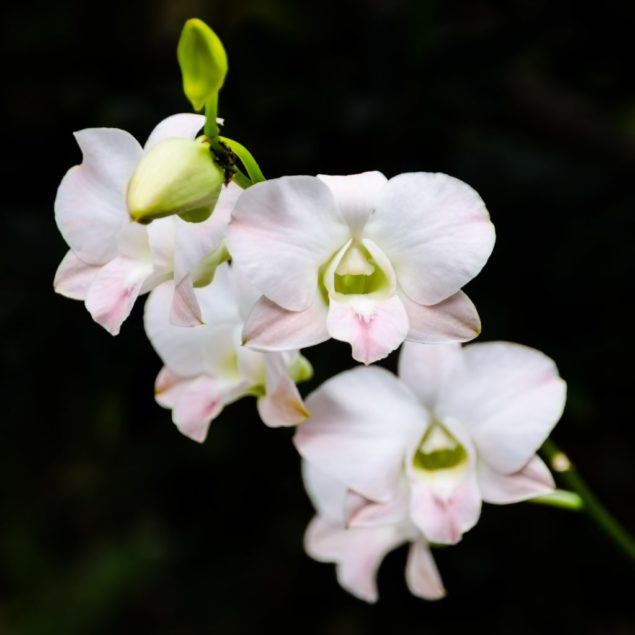The insatiable demand for orchids could be driving wild orchids to extinction in southern China.
Hong Liu, a conservation ecologist at FIU’s International Center for Tropical Botany at the Kampong, is on a mission to reverse this trend.
In the first-ever study of the wild orchid trade in southern China, Liu and a team of researchers found that it’s illegal and more widespread than presumed. It’s also reaching into other countries. Many species found in the markets weren’t native, but from neighboring countries including Laos, Burma and Vietnam.
“Vendors openly told us that they heard from the people who collected the orchids in the wild that they had to travel farther than before and that they also couldn’t collect the orchids in the places that they used to, because they didn’t grow there anymore,” Liu said.
This wasn’t the only evidence wild orchids were slipping across China’s long and porous southern border. China’s western, rural provinces have the greatest diversity of orchid species growing in the wild. However, that diversity was not mirrored in the local markets, where they featured far fewer species compared to the eastern, city markets. This mismatch reveals the orchids in the eastern markets originated from someplace else, likely Southeast Asia.
The demand for orchids dates back centuries. The craze became so frenzied it was given a name: Orchidelirium. Today, this appeal lives on. And it threatens orchids. Unregulated wild collection can have irreversible impacts. It can lead to entire species being wiped out from specific areas.
For a year, Liu and the team monitored physical markets in Yunnan, Guangxi and Guangdong Provinces, as well as Hong Kong. In total, more than 1.2 million wild orchids from around 440 species were on display at the markets. The orchids were also cheaper than those grown in greenhouses. This is problematic, because if consumers prefer more affordable plants, it could lead to overharvesting in wild populations.
The study also reveals possible breaches of Convention on International Trade in Endangered Species (CITES), an international agreement protecting animals and plants from over-exploitation in international trade. When the team checked whether there were declared imports in the CITES trade database, there was only one for a single species. The rest crossed the border illegally.
Currently, the wild orchid trade in China is unregulated. While all 29,000 orchid species are listed by CITES, only animals listed on that register are automatically protected under Chinese law. This has created a policy gap that can only be closed with concrete evidence, Liu said.
“It’s so clear that something is wrong,” Liu said. “But, unless you do studies, you don’t really know how bad it is — and you can’t change what’s happening.”
Liu hopes this study sounds the alarm. She said it can provide Chinese officials in China with the information needed to inform policy changes. The findings were published in Biological Conservation.






